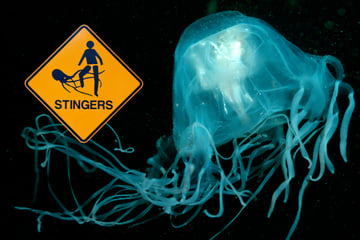What is the largest predator in the world?
There are many brutal animals in the wild, but some are much larger and far more devastating than others. What animal is the largest predator on Earth, and should we be concerned?
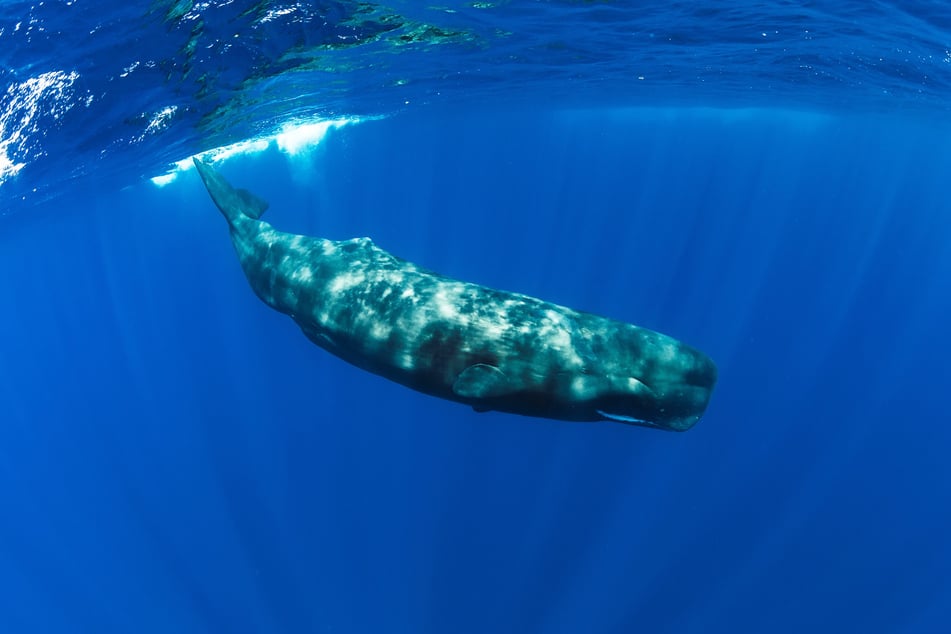
There are some rather monstrous beasts prowling our oceans and stalking our fields. While not all predators are dangerous to humans, many will impress with their size only. Which predator takes the ticket, though, and what is the largest predatory animal on Earth?
You might be a bit surprised by the creature that'll take home this animal record. Thankfully, the largest predator in the world is of no danger to humans, and not widely known to be predacious!
What is the largest predator on Earth?
The sperm whale is by far the largest predator in the world, weighing in at a whopping fifty tons! To get a better idea of what that means: this water mammal weighs the same as 35 average cars. Sperm whales are known to consume an entire ton of fish each day.
Found all across the world, these warm-blooded mammals follow rigid migration patterns and will often live in groups. They are toothed carnivores and actively hunt for their prey, but are of no concern to humans. While you can find them right across the globe, sperm whales prefer to live in deep waters that are free of ice, generally residing about 3,000–6,000 feet below the surface.
How big is the largest predator?
With an average male and female length of 52 feet and 36 feet respectively, some sperm whales have been known to reach 58–62 feet at times. The largest ever recorded was a 68-foot-long sperm whale found by Soviet Whalers in 1950. It weighed 80 tons, and shocked all who bore witness.
Hang on, isn't the blue whale bigger? Well, yes, it is. The difference, though, is that blue whales aren't active predators and instead swallow large amounts of water and filter out and feed on small fish from that water. They do not actively "hunt".
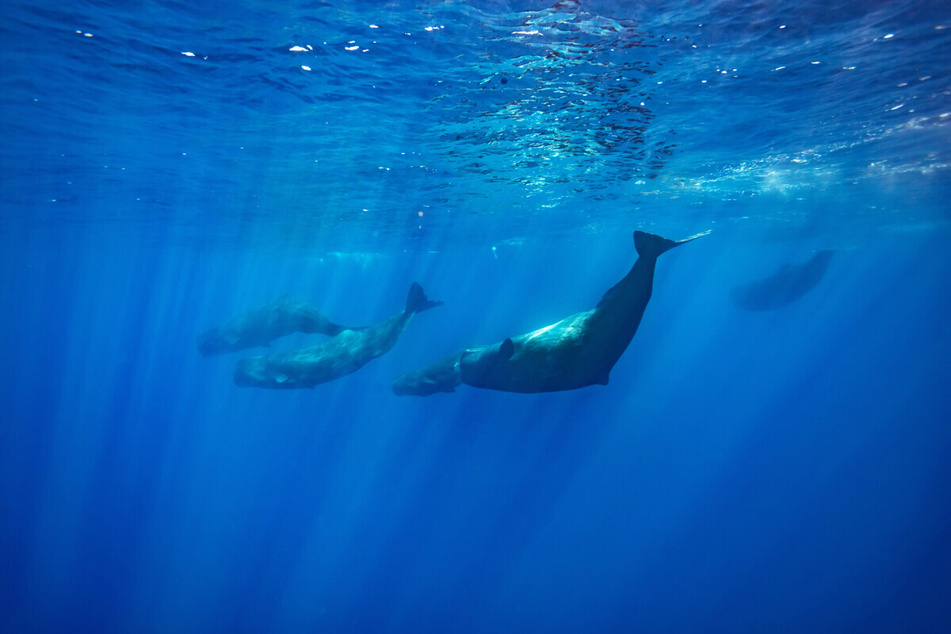
What does the largest predator in the world eat?
You would think that a 50-foot beast of an animal would rule the oceans, but you'd be wrong. It is quite widely understood that sperm whales are in an ancient war with giant squids, battling for supremacy in the great blue depths.
They are winning the war, as giant squids stand little resistance when being swallowed, but that doesn't mean that they don't fight back. In fact, some sperm whales have been found with rather large squid-induced scars.
Apart from their ongoing giant squid wars, sperm whales primarily feed on medium-sized fish and crustaceans, consuming a vast quantity of sea life each and every day.
More large predators
Sperm whales aren't the only giant predators out there. Many large creatures stalk our Earth in search of their next good feed, and some are more dangerous than others. Luckily, the 50-foot monsters we just discussed aren't going to attack humans, but some of these other big boys will!
Some of the largest predators in the world include:
- Sperm whales
- Southern elephant seals
- Andean condors
- Polar bears
- Brown bears
- Giant pandas
- Great white sharks
- Salt water crocodiles
- Orca (killer whale)
There are some absolutely huge predators out there in the wild, many of which are deadly to humans, so be sure to stay alert when swimming in the ocean!
Largest predator ever
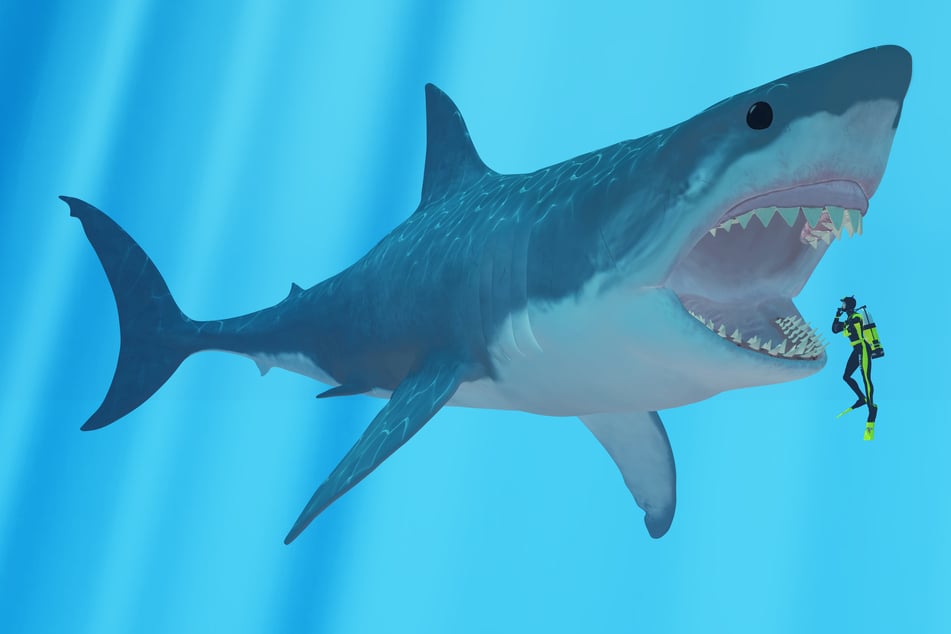
While in many cases the sperm whale is larger than the Megalodon shark, this frightening prehistoric dinosaur certainly gives it a run for its money. There's one huge difference, though: the Megalodon was an apex predator, making it far more dangerous and frightening than the sperm whale ever could be!
The Megalodon was by far the largest shark to ever exist, for the 17 million years in which it lived. Before it went extinct around 3-4 million years ago, it was estimated to often be between 50–60 feet in length. In other words, this giant shark would have been more than three times the size of a modern day great white.
Largest predator bird

With a wingspan often wider than 10 feet, the Andeon Condor Vultur Gryphus (or just the "Andean condor") is generally accepted as the largest bird of prey in the world. According to Guinness World Records, this bird's impressive wingspan is so large that it's the biggest flying predator to exist in modern day.
Yes, there were larger flying (carnivorous) dinosaurs, but we're generally going for animals that still exist today. These giant birds are native to the Andes mountains in western South America (mainly Peru), and will often weigh more than 30 pounds. They are usually scavengers, but have also been known to actively hunt for food.
Largest land predator
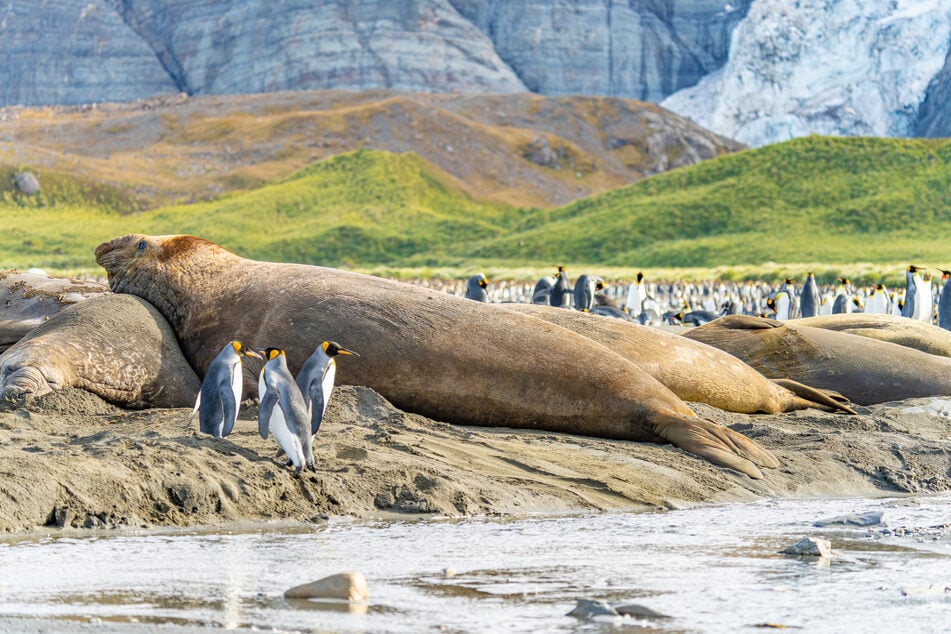
Far down south of Australia is the great white land of Antarctica, home to a giant beastie that'll put even polar bears to shame. Indeed, the southern elephant seal is considered the largest land-dwelling animal in the world. Interestingly, they also swim and are known to be the deepest diving air-breathing, non-cetaceans in the world.
Often weighing between 6,000 and 8,000 pounds, these creatures spend their time both in the water and on the land, and can grow up to 20 feet in length. They're not just heavy and long, though, but wide, powerful, and fearsome hunters of fish, mollusks, and other sea creatures.
Humans are the only one true hunter of the sperm whale
While there are many predators that would cause even the toughest of humans to back up in fear, the sperm whale does not count among them. Sure, a bear should freak you out, but a sperm whale has more of a reason to be fearful of you.
Before worldwide laws regulating the hunting of whales came into effect, sperm whale populations diminished to dangerously low levels. While their conservation status has improved, they are still "vulnerable", and need long-term protection.
Cover photo: IMAGO / ITAR-TASS

